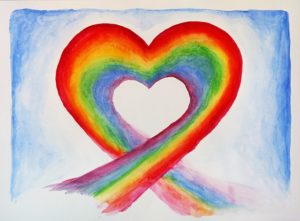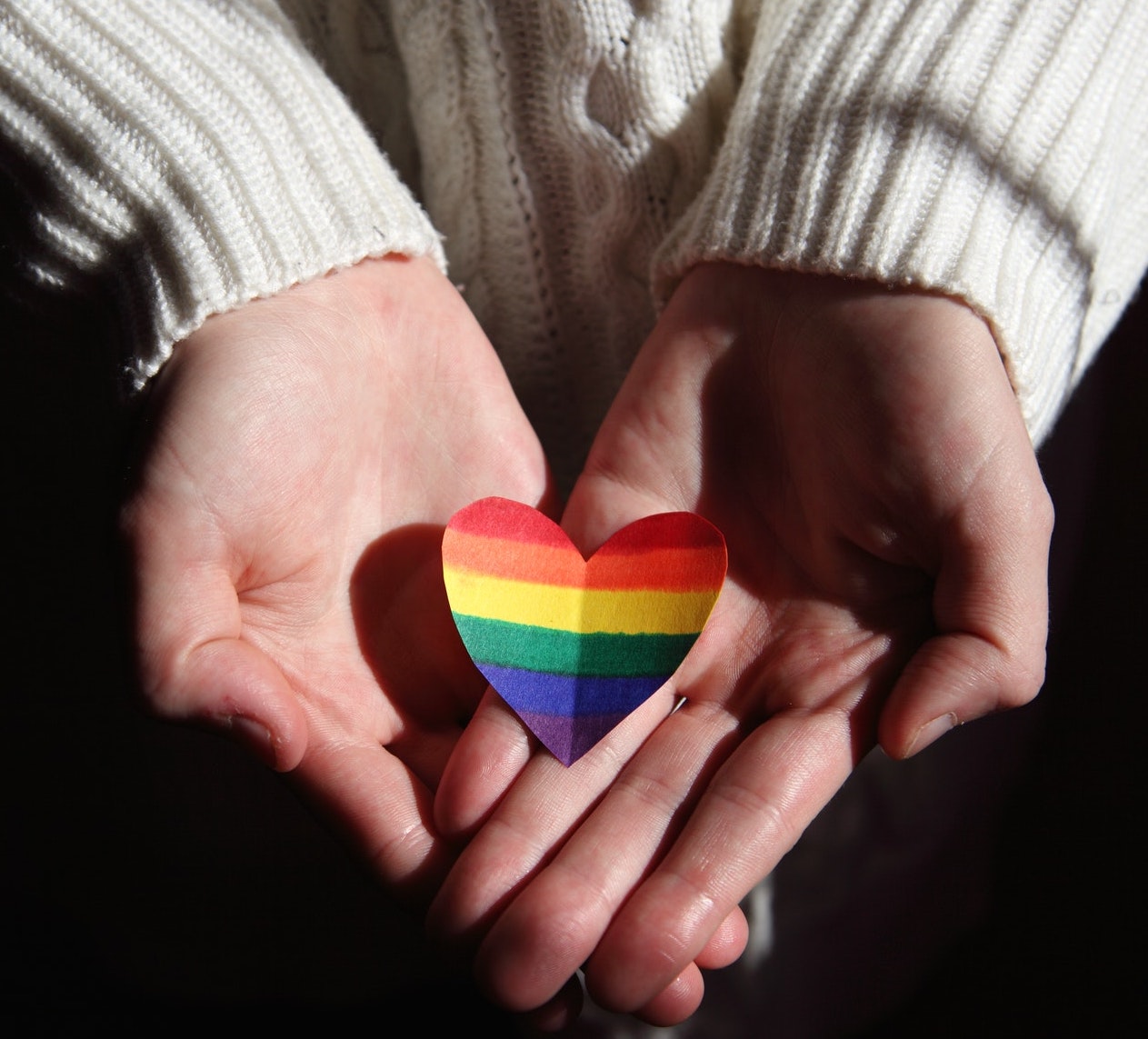LGBTQ Youth and Bullying
 Bullying puts youth at increased risk for depression, suicidal ideation, misuse of drugs and alcohol, risky sexual behavior, and can affect academics as well. For LGBTQ youth, that risk is even higher.
Bullying puts youth at increased risk for depression, suicidal ideation, misuse of drugs and alcohol, risky sexual behavior, and can affect academics as well. For LGBTQ youth, that risk is even higher.
Lesbian, gay, bisexual, transgender, queer, intersex, nonbinary or otherwise gender non-conforming (LGBTQI+) youth and those perceived as LGBTQI+ are at an increased risk of being bullied. Results from the 2019 Youth Risk Behavior Survey (YRBS) show that, nationwide, more U.S. high school students who self-identify as lesbian, gay, or bisexual (LGB) report having been bullied on school property (32%) and cyberbullied (26.6%) in the past year than their straight peers (17.1% and 14.1%, respectively). The study also showed that more LGB students (13.5%) than straight students (7.5%) reported not going to school because of safety concerns. Students who identified as “not sure” of their sexual orientation also reported being bullied on school property (26.9%), being cyberbullied (19.4%), and not going to school because of safety concerns (15.5%).
There are important and unique considerations for strategies to prevent and address bullying of LGBTQI+ youth. While some strategies are specifically for LGBTQI+ youth, most, if adopted by schools and communities, make environments safer for all students.
Creating a Safe Environment for LGBTQ Youth
It is important to build a safe environment for all LGBTQI+ youth. Parents, schools, and communities can all play a role in preventing bullying and helping LGBTQI+ youth feel physically and emotionally safe.
- Encourage respect for all students.
- Prohibit bullying, harassment, and violence against all students.
- Conduct social-emotional learning activities in school to foster peer-relationships and help students develop empathy.
- Identify “safe spaces,” such as counselors’ offices or designated classrooms, where LGBTQI+ youth can receive support from administrators, teachers, or other school staff.
- Encourage student-led and student-organized school clubs that promote a safe, welcoming, and accepting school environment (e.g., gay-straight alliances or gender and sexuality alliances). Schools must allow these clubs or groups if they have other “non-curricular” clubs or groups. Learn more about the right to form a GSA under the Equal Access Act.
- Ensure that health curricula or educational materials include HIV, other STD/STI, and pregnancy prevention information that is relevant to LGBTQI+ youth.
- Use inclusive language and avoid making assumptions. The words we use can make help people feel acknowledged and create a sense of belonging. For example, using “y’all” when referring to a group conveys gender equality rather than using “guys.” Use gender-neutral pronouns like “they” or “them” instead of “he/she” or “him/her.” You can also use words like “parent” instead of “mother” and “father.”
- Use students’ chosen names and pronouns.
- Train school staff on how to create safe and supportive school environments for all students, including LGBTQI+ youth.
- Facilitate access to community-based providers who have experience providing health services, including medical, counseling, social, and psychological services, and HIV/STI testing for LGBTQI+ youth.
Find more resources for educators and parents
Federal Civil Rights Laws and Sexual Orientation
On January 20, 2021, the President signed an Executive Order on Preventing and Combating Discrimination on the Basis of Gender Identity and Sexual Orientation which sets out the Administration’s policy that “[a]ll persons should receive equal treatment under the law, no matter their gender identity or sexual orientation.”
- The U.S. Department of Justice issued a memo clarifying that the prohibition on discrimination “on the basis of sex” in Title IX of the Education Amendments of 1972 (Title IX) includes discrimination on the basis of gender identity and sexual orientation.
- The U.S. Department of Education also confirmed that it will enforce Title IX protections against discrimination on the basis of sex, including sexual orientation and gender identity.
Read more about federal civil rights laws.
Source: Stopbullying.gov, an official website of the United States government | LGBTQ Youth, https://www.stopbullying.gov/at-risk/groups/lgbt/index.html | Public domain. Last reviewed on September 2021
To schedule an evaluation or to get advice about your child’s challenges, call or email a CHC Care Coordinator at 650.688.3625 or careteam@chconline.org





